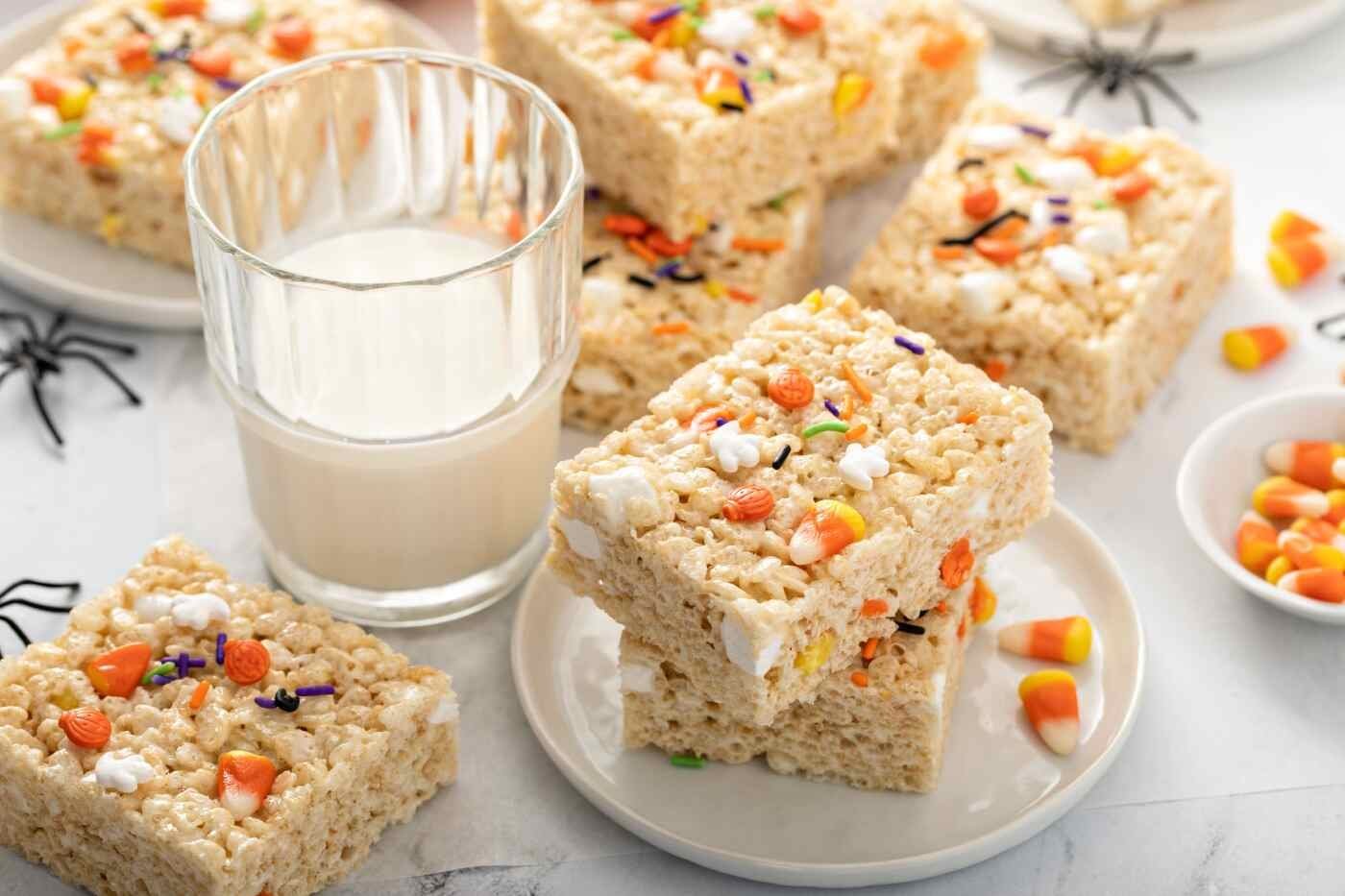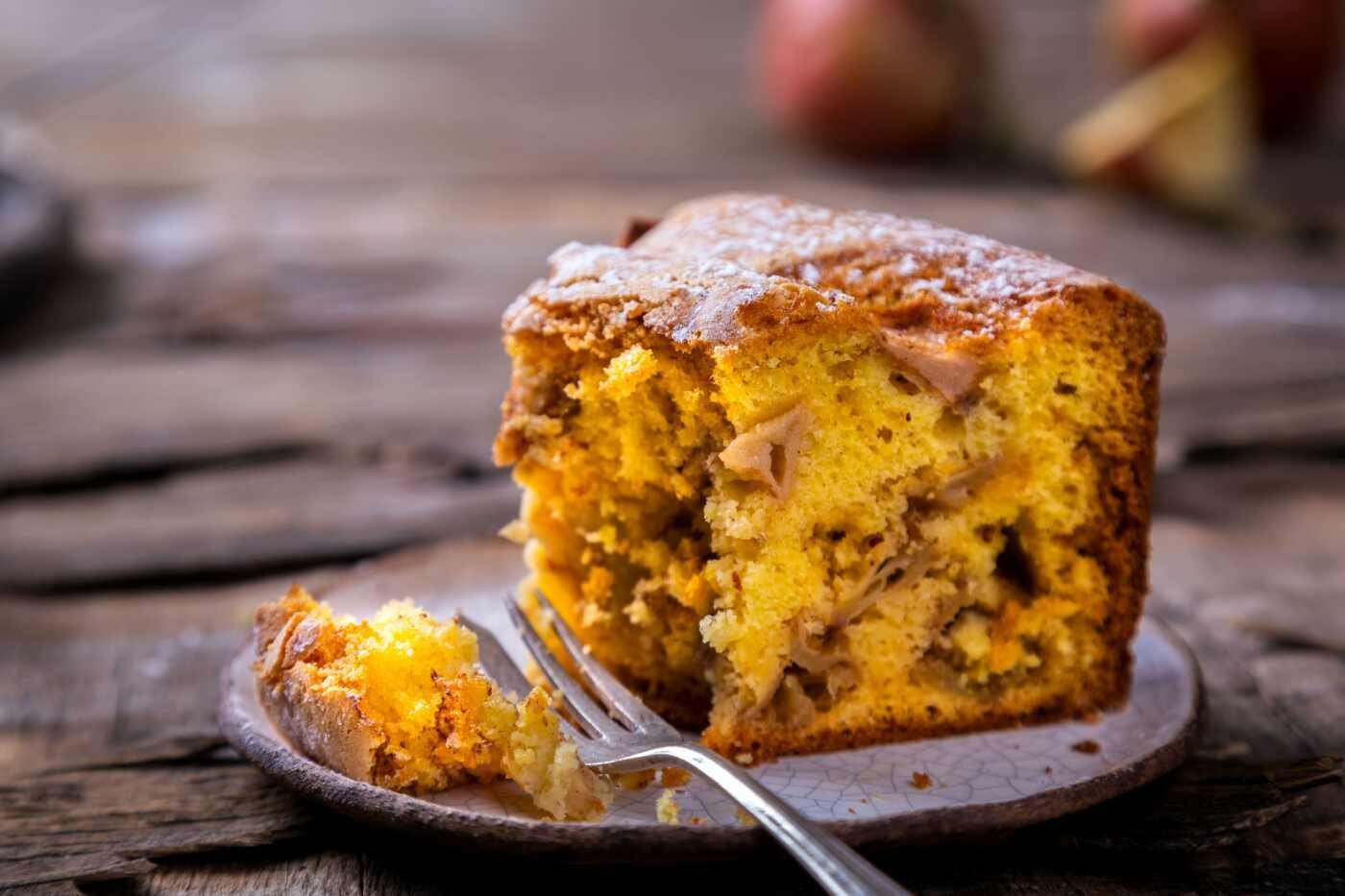Frosted sugar cookies have captivated hearts and taste buds for generations. These delightful treats boast a simple yet versatile recipe, allowing for endless customization in terms of shapes, flavors, and decorations. This comprehensive guide equips you with the knowledge and techniques to create irresistible frosted sugar cookies, perfect for any occasion.
The Magic of Sugar Cookies
Sugar cookies are believed to have originated in Europe during the 17th century. Simple in their composition, they were originally flavored with readily available spices like nutmeg and cinnamon. Over time, the recipe evolved, incorporating more readily available ingredients like butter and eggs. The enduring popularity of frosted sugar cookies can be attributed to several factors:
- Flavor and Texture: The balance of butter, sugar, and flour creates a melt-in-your-mouth experience. The butter provides richness, the sugar adds sweetness and tenderness, and the flour creates a delicate crumb.
Table 1: Key Ingredients and their Functions in Frosted Sugar Cookies
| Ingredient | Function |
|---|---|
| Butter | Provides richness, flavor, and contributes to the crumbly texture. |
| Sugar | Adds sweetness, tenderness, and helps the cookies spread slightly during baking. |
| Flour | Provides structure and creates the characteristic crumbly texture. |
| Eggs | Binds the ingredients together and contributes to the rise of the cookies. |
| Leavening Agents (Baking Powder, Baking Soda) | Creates lift and ensures the cookies rise properly. |
| Flavorings (Vanilla Extract, Almond Extract) | Enhances the overall flavor profile. |
- Versatility: Frosted sugar cookies are a blank canvas for creativity. They can be cut into various shapes, decorated with colorful frostings and sprinkles, and flavored with different extracts to suit any theme or occasion.
- Ease of Preparation: The recipe requires basic ingredients and techniques, making it accessible to bakers of all skill levels.
Essential Ingredients for Frosted Sugar Cookies
High-quality ingredients are essential for achieving the best results in your frosted sugar cookies. Here’s a breakdown of the key players and their roles:

- Butter: Choose unsalted butter that has been softened to room temperature. This allows for creaming with the sugar, which incorporates air and creates a light and fluffy dough.
- Sugar: Granulated sugar provides sweetness and structure. You can also use a combination of granulated and brown sugar for a deeper flavor profile.
- Flour: All-purpose flour is the standard choice for frosted sugar cookies. It provides the necessary structure without developing too much gluten, which can lead to tough cookies.
- Eggs: Eggs bind the ingredients together and add moisture and richness. Use large eggs at room temperature for consistent results.
- Leavening Agents: Baking powder and/or baking soda are responsible for making the cookies rise. The appropriate amount ensures light and airy cookies.
- Flavorings: Vanilla extract is a classic choice, but other options like almond extract, lemon zest, or even spices like cinnamon can be used for a unique twist.
Passive Voice Example: Room temperature butter is essential for achieving a light and fluffy dough.
Perfecting Your Frosted Sugar Cookie Dough
The key to delicious frosted sugar cookies lies in creating the perfect dough. Here’s a step-by-step guide:

- Creaming: In a large bowl, cream together softened butter and sugar until light and fluffy. This process incorporates air into the dough, which contributes to the final texture of the cookies.

ADVERTISEMENT
- Incorporation: Beat in the eggs and any desired flavorings one at a time, ensuring each addition is fully incorporated before adding the next.
- Dry Ingredients: In a separate bowl, whisk together flour, baking powder, and salt. Gradually add the dry ingredients to the wet ingredients, mixing until just combined. Overmixing can lead to tough cookies.
Tips:
- Use a stand mixer or hand mixer for creaming the butter and sugar for a quicker and more efficient process.
- A rubber spatula is helpful for scraping down the sides of the bowl and ensuring all ingredients are incorporated.
- The dough should be soft and pliable but not sticky. If it’s too sticky, add a tablespoon of flour at a time until it reaches the desired consistency.
- Chilling the dough for at least 30 minutes (or up to overnight) is a crucial step. This allows the flavors to develop, the butter to solidify, and prevents the cookies from spreading excessively during baking.
- Crafting the Ideal Frosting: Discussing popular frosting options like buttercream and royal icing, providing a recipe with variations, and explaining how to achieve the desired consistency for spreading or piping.
- The Art of Decorating Frosted Sugar Cookies: Detailing basic decorating techniques, using cookie cutters and decorating tools, and offering ideas for themed and festive designs.
- Baking and Storing Frosted Sugar Cookies: Covering how to prepare baking sheets, baking times for different cookie sizes, cooling techniques, and storage options like airtight containers or freezing.
- Fun Variations on the Classic Frosted Sugar Cookie: Exploring recipe variations like cut-out cookies, thumbprint cookies, rolled sugar cookies, incorporating different flavors and textures.
Your Frosted Sugar Cookie Questions Answered
This FAQ section tackles common frosted sugar cookie questions:
Ingredient Substitutions?
Substitutions are possible, but may affect the outcome. Here’s a quick guide:
- Butter: Margarine/vegetable shortening alter taste and texture slightly. Use in a pinch, but butter is best.
- Sugar: Brown sugar adds deeper flavor and chewier texture. Honey/maple syrup spread more and brown faster.
- Flour: Gluten-free blends may be crumblier. Experiment to find a good fit.
- Eggs: Difficult to substitute due to their binding and rising properties. Explore vegan cookie recipes for egg-free options.
- Milk (frosting): Non-dairy alternatives like almond or oat milk can be used, but may result in a thinner consistency. Adjust powdered sugar to achieve desired thickness.
Dough Ready?
The dough should be soft and pliable, not sticky. A gentle poke should leave a slight indentation that fills back in.
Baking Temperature?
The ideal temperature is between 350°F (175°C) and 375°F (190°C). Baking times vary by size and thickness. Start checking a few minutes before recommended time is complete. Cookies are done when edges are golden brown and centers are just set.
How Long Do They Stay Fresh?
Frosted sugar cookies can be stored at room temperature in an airtight container for up to 3 days. Freeze for longer storage (up to a month).
Fun Decorating Ideas?
- Sprinkles: Classic and easy for adding color and fun. Use a variety for different designs.
- Food Coloring: A few drops transform frosting into a vibrant palette. Use piping bags and tips for intricate designs or messages.
ADVERTISEMENT

















